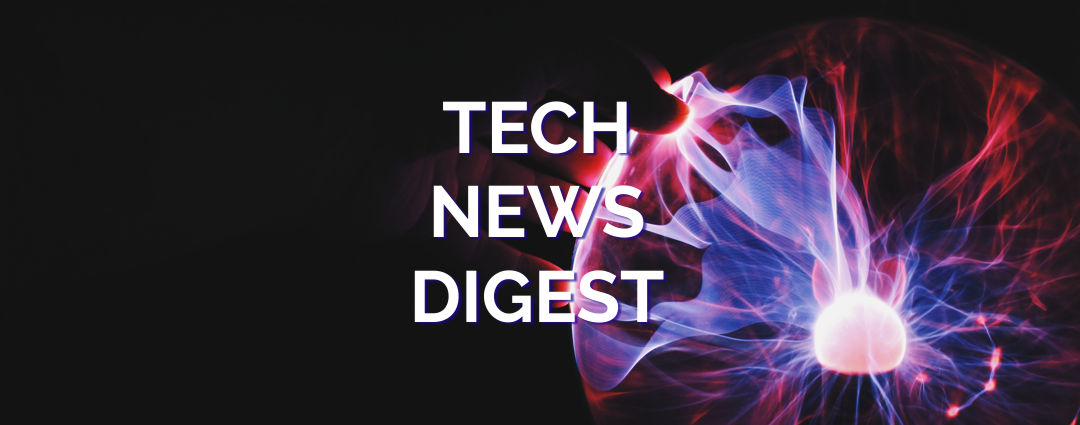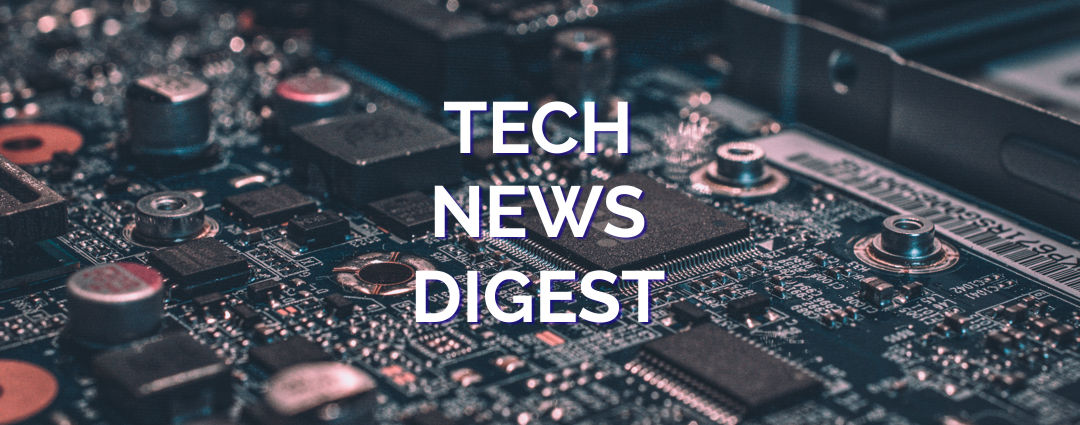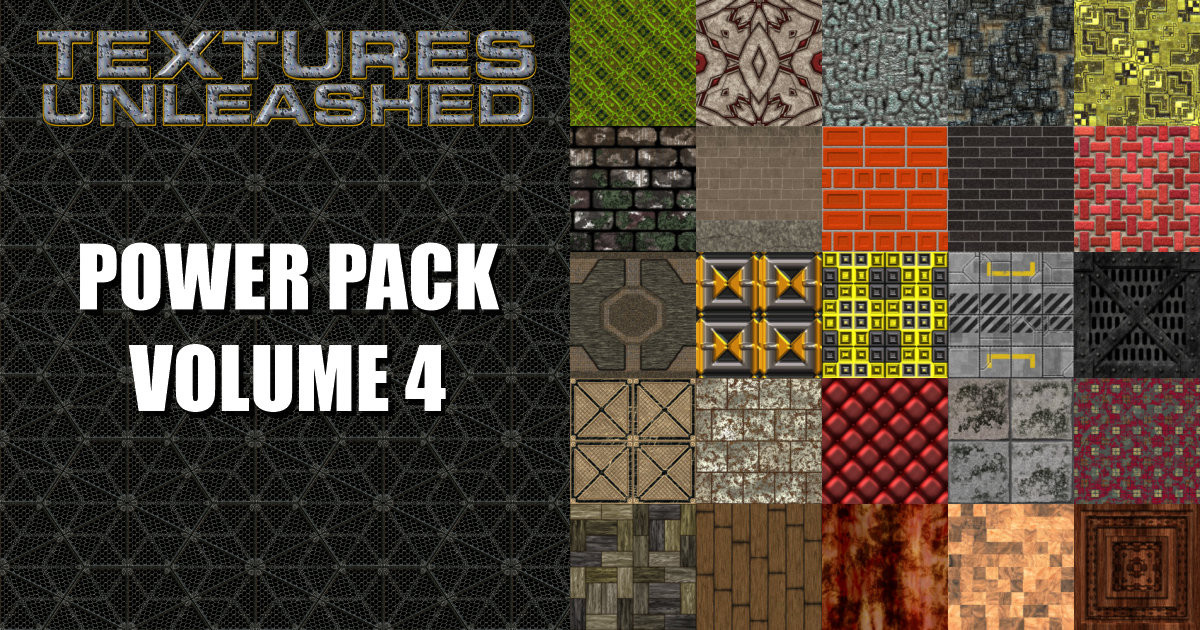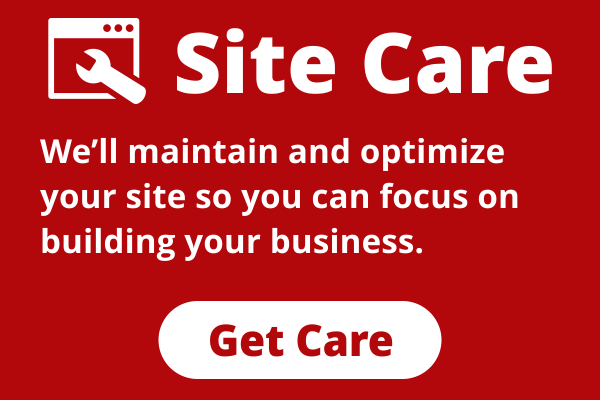 Sometimes the mistakes are made by a newbie to Web content creation and sometimes they are made by seasoned professionals. Yet there are some common mistakes that are really easy to avoid. Let’s first look at posts from 2009 that described two common mistakes and then we’ll talk about various ways they can harm your Web site.
Sometimes the mistakes are made by a newbie to Web content creation and sometimes they are made by seasoned professionals. Yet there are some common mistakes that are really easy to avoid. Let’s first look at posts from 2009 that described two common mistakes and then we’ll talk about various ways they can harm your Web site.
While the topics covered in each post are different, the desired results are exactly the same. Ideally you want the file size of the graphics you post to be as small as possible and the quality of the image to be the highest possible. Sometimes you have to find a balance between size and quality.
The desire to have the highest quality graphics should be self-explanatory. Do you really want to intentionally have graphics that don’t look as good as possible? That can be the case if you save the wrong type of graphic to JPG and it can also be a file much bigger than a better-looking version saved in another format.
Size is very important. Smaller graphics allow the Web page to load faster. How do you feel if you visit a page that loads slowly? Larger files can cost you more. They can increase the bandwidth used by your site which could lead to overages if the bandwidth is too high. Your visitors could also face a financial penalty if they go over their download limits. The potential penalty for overages and the slow performance could keep visitors from returning.
Slow loading pages can also be penalized by Google. Page speed is one of the many factors that Google incorporates into their ranking algorithm. So if you have large images that cause the page to load slowly, it could have a negative effect on your SEO. Use the right format for each graphic and optimize the size before posting and you’ll see improvement in more ways than you might have expected!








0 Comments